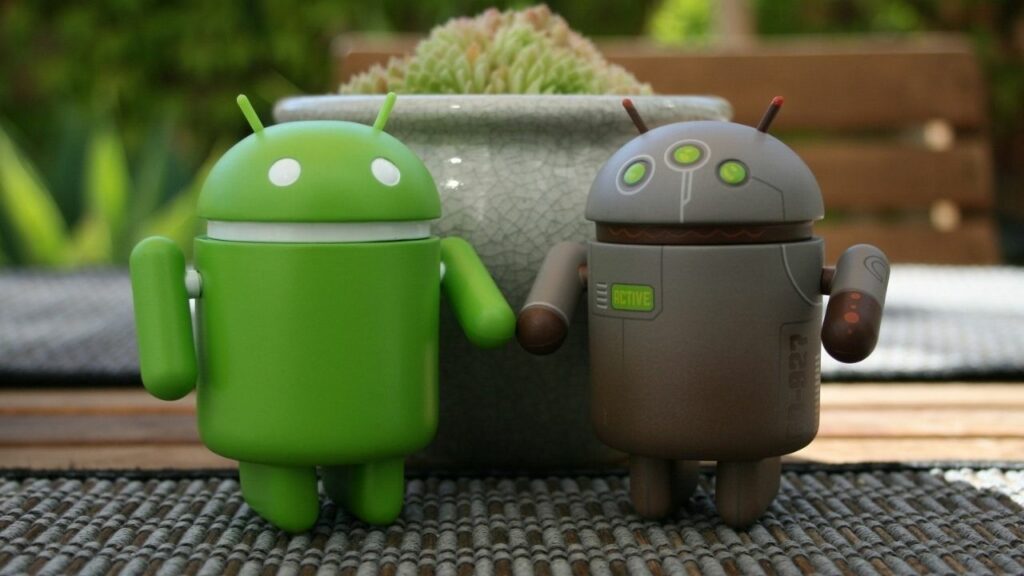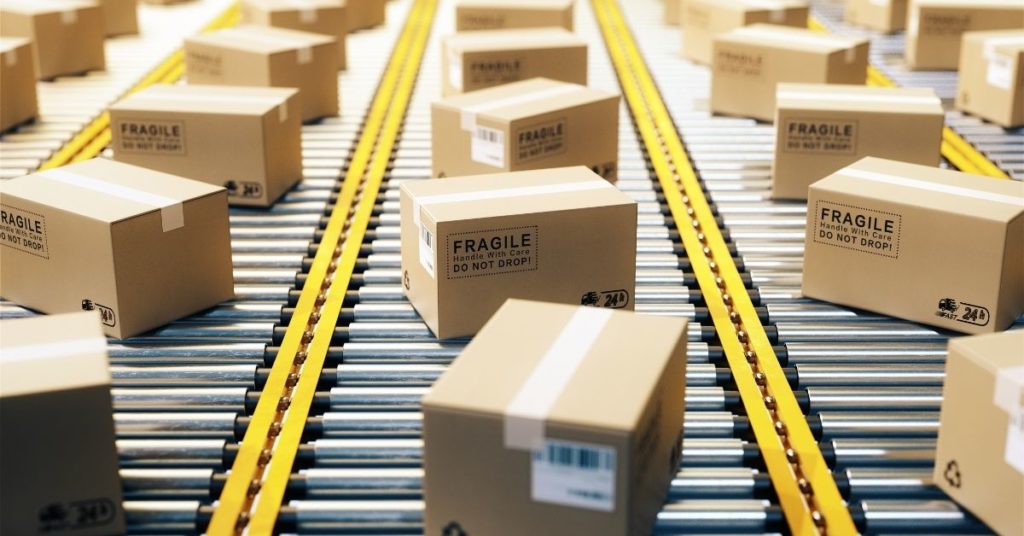
There are already many retail Android tablets and phones available. Every year new ones come out offering better performance and more features. Consumer brands spend millions of dollars conceiving these devices and convincing you to buy theirs. These products do a great job serving the average consumer. Your business is not the ‘average consumer’. Your business needs an Android device to deliver a special service or provide a unique value. Your device has distinct requirements that are different from what the ‘average consumer’ wants. A mass market retail device does not adequately fulfill the needs of your business. A business that offers a unique service requires a custom Android device, different from the one people use for social media and watching videos.
Manufacturing a custom Android device makes sense for certain companies for many reasons. The main ones are control over the supply chain and control over design.
Supply Control
Consumer brands come out with new product models each year for good reasons. Delivering the latest features to customers who crave the newest technology is a big reason. New models bring a wave of sales and, thus, revenue to support the brand’s operations. Brands need to have flagship products to show off their engineering and product development capabilities. As often as brands come out with a new model they stop making an old model. Companies that use retail products for their special software have to recreate their software each time a model goes out of production.
Think about the challenge this creates: Developing your business’s app takes 6 months. Testing and debugging takes another 3 months. Rollout takes 3 months. Now you find out that the consumer device your development was done on won’t be produced anymore in 6 months.
Options: Do you have enough cash to invest in inventory? Do you plan to buy risky second hand devices in the future? Neither of these are long term options. So you need to spend more money on software updates and testing to ensure your app will work on a new device, knowing all along that less than a year later you’re going to face the same challenges again. This means over time your different customers will have different versions of both hardware and software. That’s tough for you to manage. Some customers could end up with different versions of what should be the same product. That’s tough for everyone to manage. Simultaneously having to manage multiple versions of hardware is costly, inefficient, and dangerous for your business. On the other hand with your own custom Android device you get more reliable, long term, and consistent hardware. This stretches your development budget and increases operational efficiency. Even with a custom device changes are inevitable, but it happens more slowly and controllably, with advance warning.
Software Control
Your custom Android device should come embedded with only the necessary system apps needed to run your business app and nothing else. Less is more. There’s no good reason for any unnecessary third party apps to run or sit on your device. When making a custom Android tablet or custom Android phone you choose exactly which apps get preloaded into the firmware. Limiting embedded apps maximizes system performance and minimizes risk of viruses or data hacking.
Hardware Control
Each product Hatch works on comes with a different hardware spec. The dynamic nature of manufacturing custom Android products means Hatch uses different components in each product to deliver uniquely tailored products for each project. One product doesn’t need a camera while another product requires a high resolution camera with a customized module for fixed near-distance focus. One product doesn’t require a screen while another requires two screens. Another product requires two full size SD memory card slots while another has no memory cards. The list goes on. When making your product Hatch firstly looks at hardware specs. We build a product’s component architecture around either hardware or performance requirements (whichever the customer is more comfortable providing). Hardware must reflect your company’s actual business needs to provide the most value from a custom Android product.
Design Control
Depending on the features or hardware of your device a custom case design may be the only option. If your device doesn’t require a custom case there are still benefits to making a custom case. A custom case can visually distinguish your product for branding, improve user experience optimization, or secure long term supply.
Branding and user experience are easy to understand. A secure long term supply may not be as obvious. Sometimes ‘open’ molds become inaccessible because the factory goes out of business, the mold is changed, or breaks. Having your own case ensures it’s available as long as needed.
When NOT to make a custom Android device
Manufacturing a custom Android product is a great option for companies in the fortunate position to do so, but it’s not the right move for every company. For all the reasons to make a custom Android device there are reasons not to make one as well. A few reasons NOT to go custom include:
- New companies that have a new software should use a generic device for testing purposes as much and as long as possible. Ideally go through alpha testing using a generic device. This will help define requirements and shorten development time for the custom product.
- Companies should not go custom without proper funding. Making custom hardware is expensive and time consuming. Budget at least $350k USD and (usually) more before seeing your first mass production product. Lower than this generally indicates the volume is too low to justify doing a custom product. Exceptions exist when the product is very basic; low specs with minimum customization required, or unusually high value; allowing for a high unit cost.
- You haven’t identified a proven market for your product yet. In this case definitely get feedback using generic devices to gauge demand.
What to do if now’s not the right time
- Put your software on a mass market device and test using that.
- Use an Android development board for testing your software and a range of external electronic components.
Based on the above information if now is the right time for you to make a custom Android phone or tablet stop thinking and start acting! Reach out to Hatch and, together, we’ll evaluate the Android opportunity.





